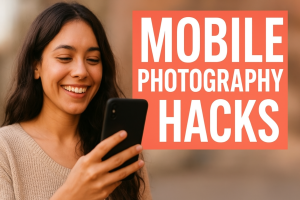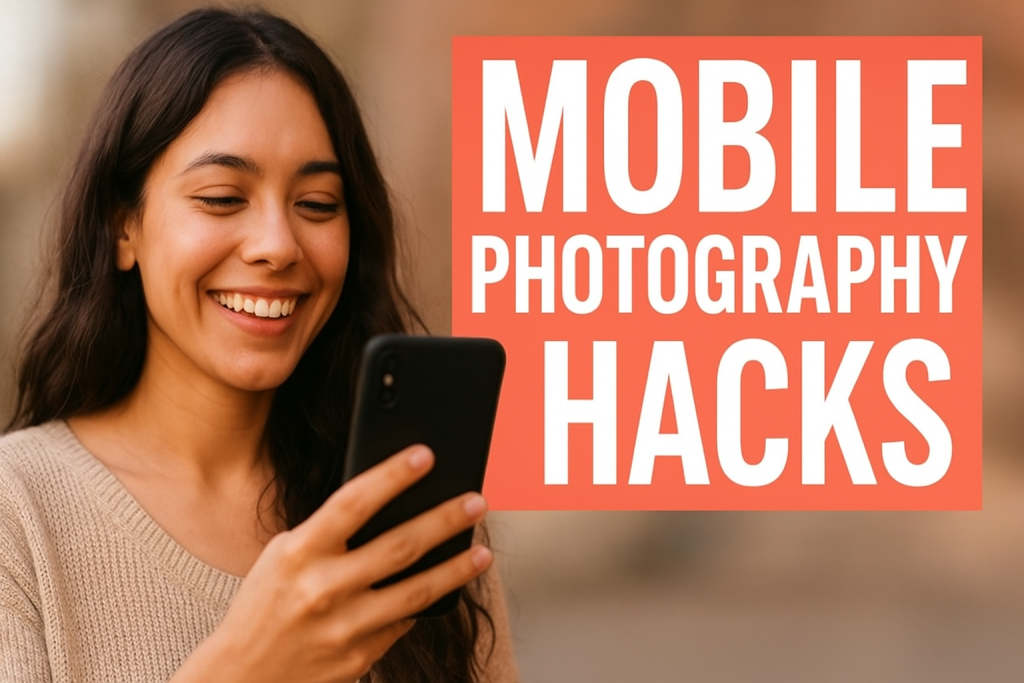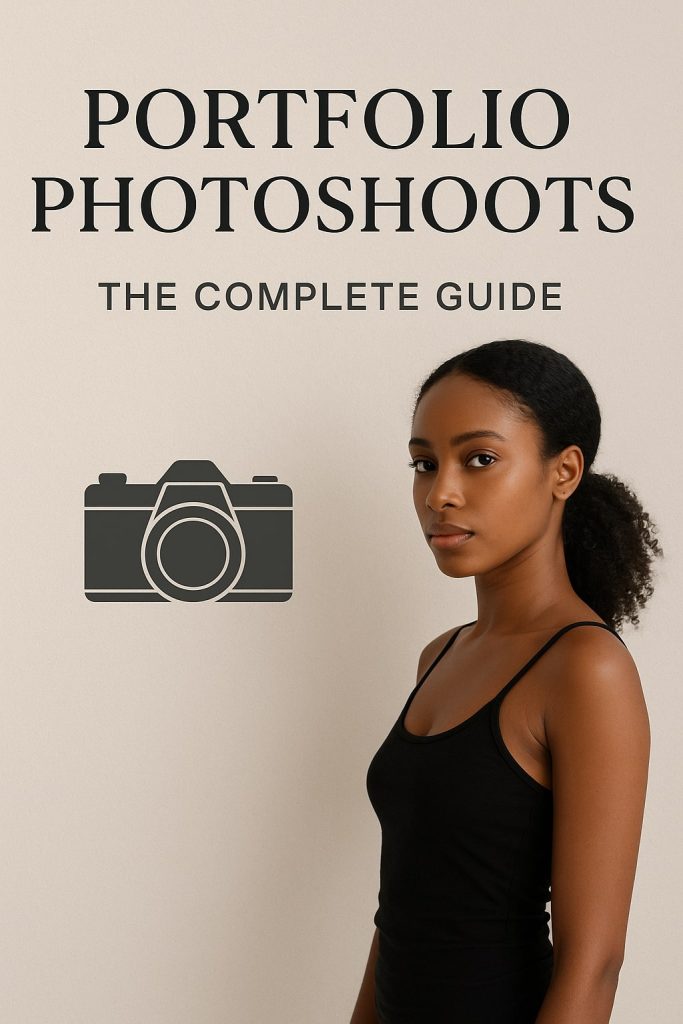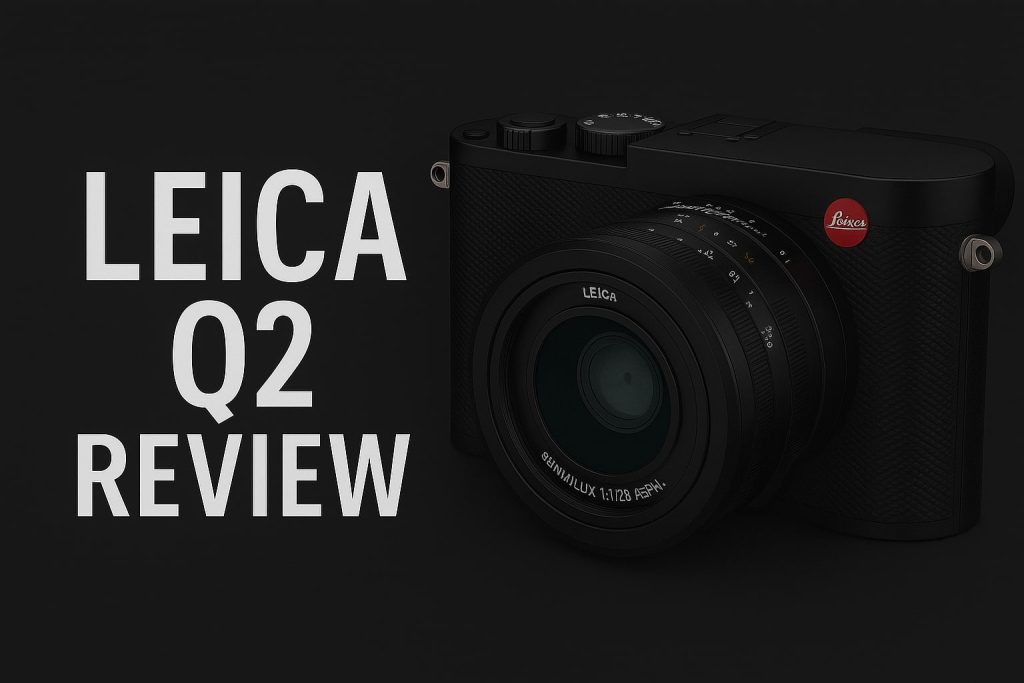In the ever-growing world of eCommerce, first impressions matter more than ever. The quality of your product images can make or break a sale. For beginners venturing into product photography, mastering the art of creating captivating and professional images can significantly impact your business’s success. This guide is designed to help you navigate the essentials of eCommerce product shoots, offering step-by-step advice, actionable tips, and insights into creating images that convert.
Why Product Shoots Matters in eCommerce
1. Creating a Strong First Impression
Your product image is often the first interaction a potential customer has with your brand. High-quality visuals can establish credibility, spark interest, and encourage further exploration.
- Building Trust: Clear, professional images make your brand appear reliable and trustworthy.
- Grabbing Attention: Unique and well-composed photos stand out in crowded marketplaces.
- Setting Expectations: Accurate images help manage customer expectations, reducing returns and complaints.
2. Driving Sales Through Visual Appeal
Studies show that over 75% of online shoppers consider product images to be a decisive factor in their purchasing decisions.
- Highlighting Features: Professional images emphasize product details that text descriptions may overlook.
- Storytelling: Images that convey how a product fits into a lifestyle can resonate emotionally with customers.
- Inspiring Confidence: Detailed visuals eliminate doubts, encouraging immediate purchases.

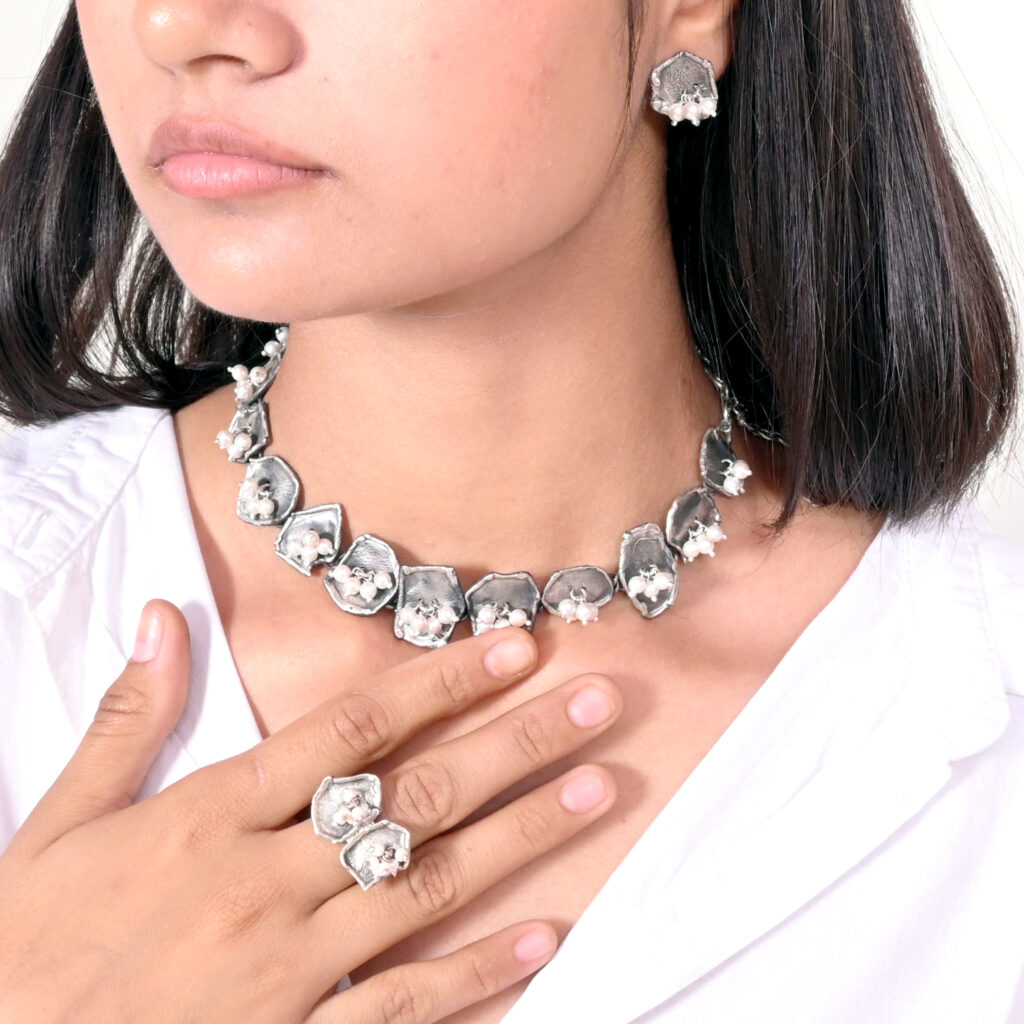
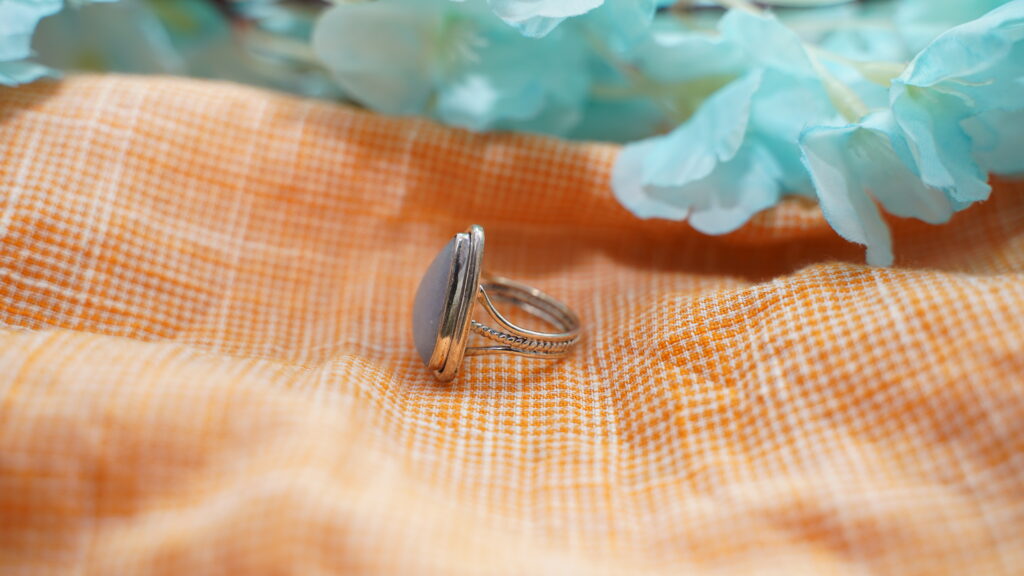
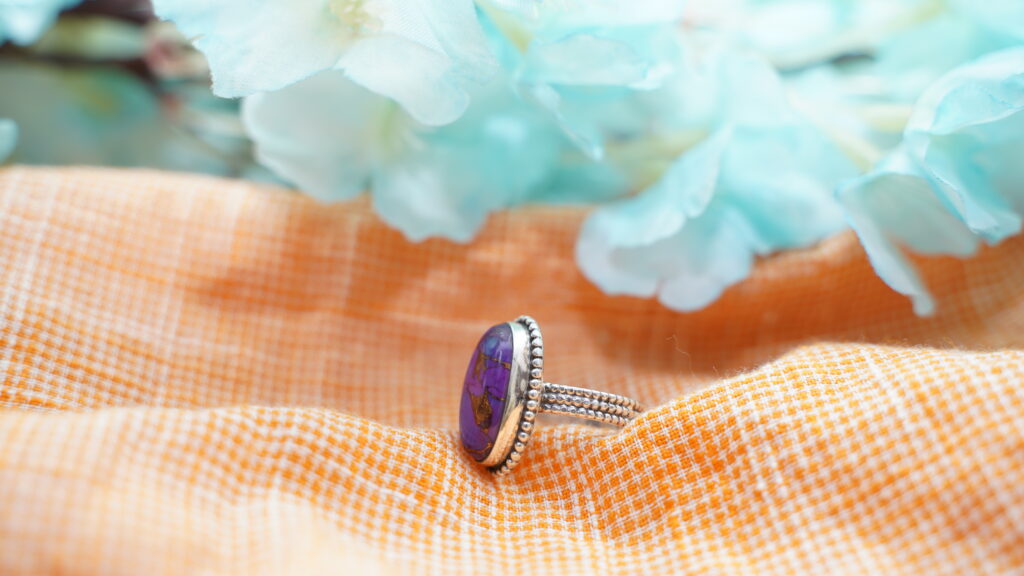
Essential Equipment for Product Shoots
1. Camera Options
You don’t need the most expensive gear to capture great product photos. Beginners can start with budget-friendly options and upgrade as needed.
- DSLR or Mirrorless Cameras: These offer superior image quality, manual controls, and lens versatility.
- Smartphone Cameras: Modern smartphones have advanced cameras capable of producing sharp, high-resolution images.
2. Lighting Essentials
Lighting is crucial for capturing the true essence of your product. Poor lighting can make even the best products look unappealing.
- Natural Light: Ideal for beginners, natural light is free and adds warmth to your images.
- Artificial Lighting: Invest in softbox lights or LED panels for consistent and professional results.
- Reflectors: Use these to bounce light and eliminate harsh shadows.
3. Tripods and Stabilizers
Stability is key to achieving sharp, focused images.
- Tripods: A basic tripod is essential for maintaining consistency in framing and reducing motion blur.
- Smartphone Mounts: Affordable mounts ensure steady shots for smartphone photography.
4. Backdrops and Surfaces
A clean, neutral background keeps the focus on the product.
- White Backdrops: Perfect for creating professional, distraction-free images.
- Textured Surfaces: Add depth and context for lifestyle or flat-lay photography.
Pre-Shoot Preparation
1. Planning Your Shoot
Proper planning minimizes mistakes and maximizes efficiency.
- Define Objectives: Determine the purpose of your shoot—are you aiming for catalog images, social media posts, or lifestyle shots?
- Create a Shot List: Outline the angles, perspectives, and details you need to capture for each product.
- Research Competitors: Analyze successful brands in your niche for inspiration and ideas.
2. Preparing Your Product Shoots
Products should look their best before the shoot.
- Clean and Polish: Ensure products are spotless and free of fingerprints or dust.
- Assemble Props: Use relevant props to add context or enhance the product’s appeal.
- Check for Flaws: Inspect items for defects or damages to avoid re-shoots.
3. Setting Up Your Studio
A simple home setup can deliver professional results with careful arrangement.
- Lighting Position: Place lights at angles that minimize shadows and highlight product features.
- Backdrop Setup: Secure your background to ensure it remains wrinkle-free and consistent.
- Camera Placement: Position the camera at eye level with the product for a natural perspective.


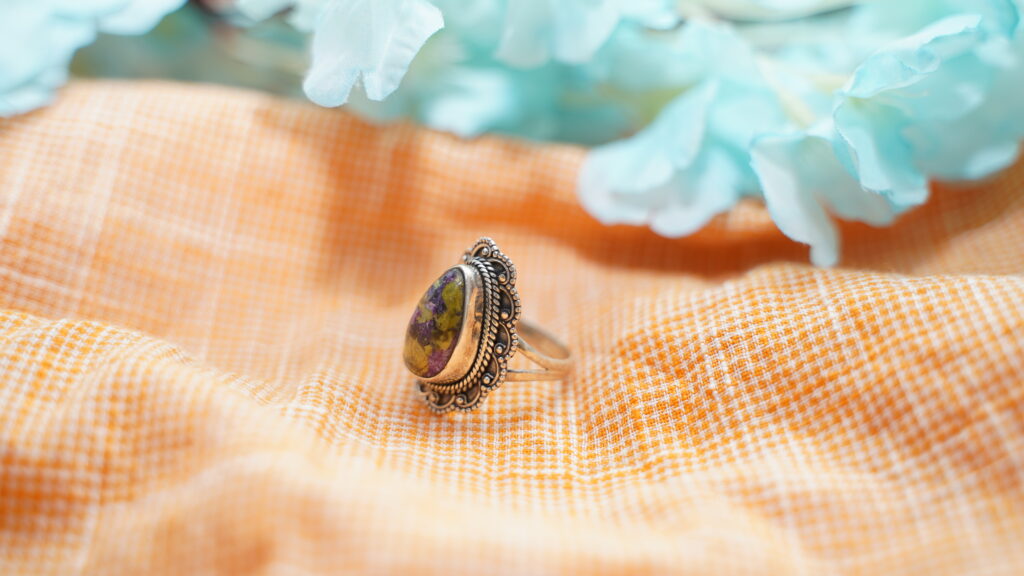


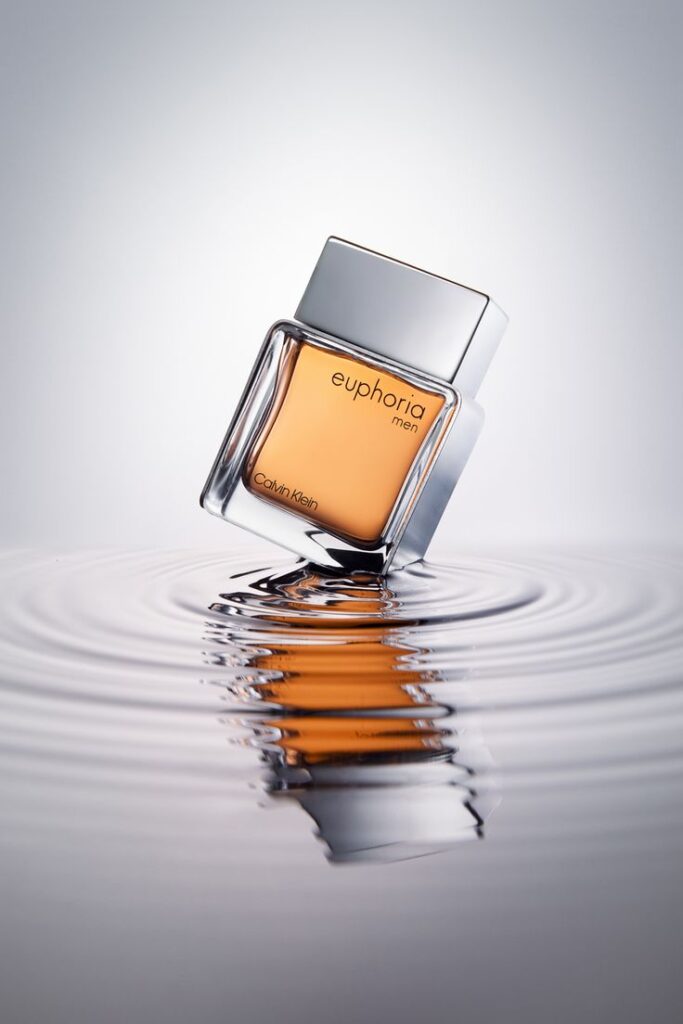
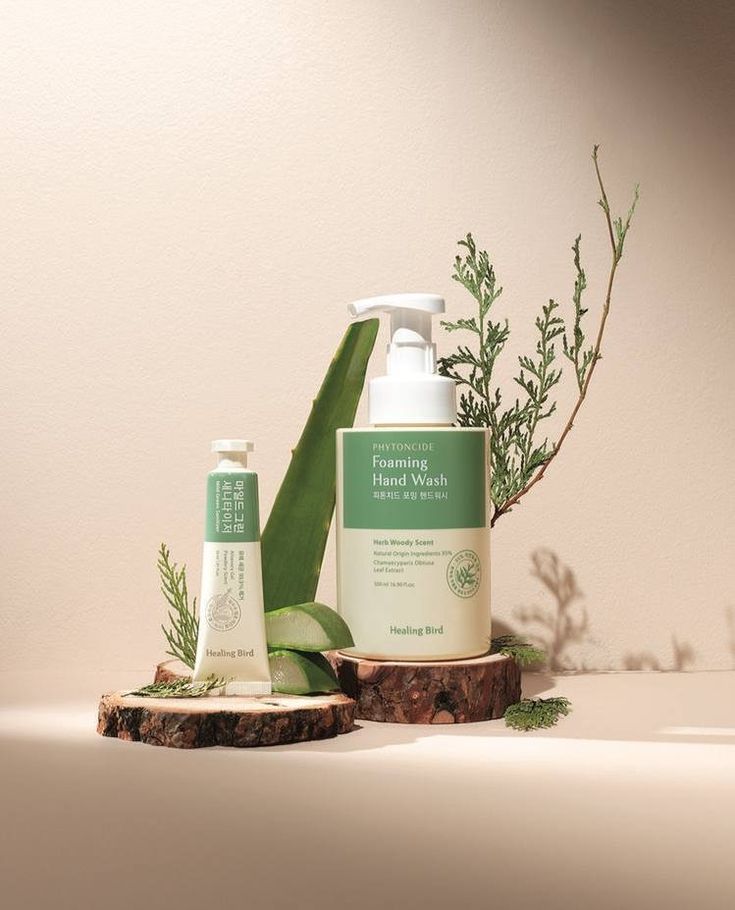

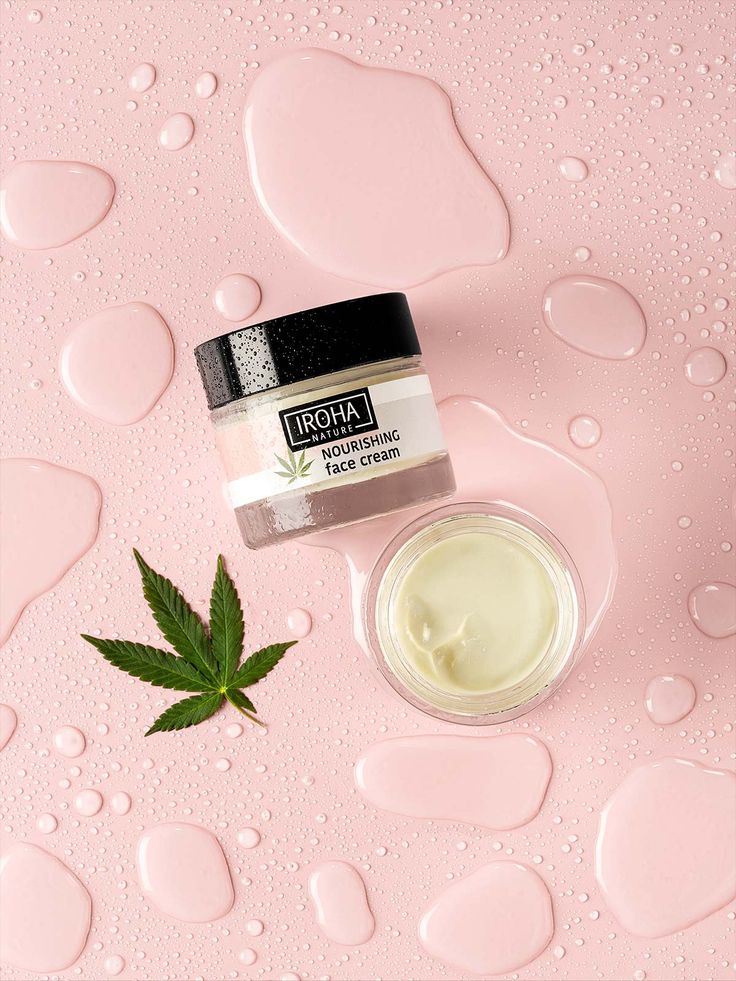

Executing the Perfect Product Shoots
1. Mastering Composition
Composition determines how your product is perceived.
- Rule of Thirds: Divide your frame into thirds to create a balanced, visually appealing layout.
- Center Focus: Centering works well for single-product shots, emphasizing the subject.
- Negative Space: Leave space around the product for a clean and uncluttered look.
2. Capturing Multiple Angles
Showcase every aspect of your product to give customers a complete view.
- Front View: Highlight the most prominent features.
- Side and Rear Views: Provide a comprehensive understanding of the product’s design.
- Close-Ups: Focus on intricate details, textures, or unique selling points.
3. Incorporating Lifestyle Shots
Lifestyle photography brings your product to life by showing it in real-world scenarios.
- Add Context: Showcase the product being used by a person or within a setting.
- Highlight Versatility: Demonstrate how the product integrates seamlessly into different lifestyles.
- Evoke Emotion: Use props, lighting, and settings to create a relatable story.
Post-Production and Optimization
1. Editing Your Photos
Editing enhances the quality and appeal of your images.
- Basic Adjustments: Correct exposure, contrast, and color balance.
- Remove Imperfections: Use tools like Adobe Photoshop to clean up any flaws or distractions.
- Maintain Realism: Ensure edits don’t misrepresent the product.
2. Optimizing for eCommerce Platforms
Every platform has unique requirements for images.
- Resolution and Size: Compress images without sacrificing quality to improve page load times.
- File Format: Use JPEG or PNG for optimal compatibility.
- SEO Tags: Add descriptive filenames and alt text for better search engine visibility.
Common Mistakes to Avoid
1. Neglecting Lighting
Poor lighting can ruin even the best compositions. Always prioritize proper illumination.
2. Overediting Images
Excessive editing can distort colors and misrepresent the product.
3. Ignoring Platform Guidelines
Familiarize yourself with the image requirements of each eCommerce platform to avoid rejections or poor performance.
4. Failing to Test Shots
Review each image during the shoot to catch issues before proceeding.
The Role of Product Shoots in Brand Identity
1. Establishing Consistency
Consistent visuals create a cohesive and professional brand image.
- Unified Style: Use similar lighting, angles, and editing across all images.
- Brand Guidelines: Develop a photography style guide to ensure uniformity.
2. Building Emotional Connections
Images that resonate with your audience’s lifestyle and aspirations strengthen brand loyalty.
3. Differentiating from Competitors
Unique and high-quality photos set your brand apart in a crowded market.
Conclusion: Start Your Product Photography Journey Today
A well-executed product shoot can elevate your eCommerce business, attracting more customers and driving sales. By investing time and effort into mastering the fundamentals of product photography, you set yourself up for long-term success.
Remember, the key is to experiment, learn, and continuously refine your skills. Whether you’re using a smartphone or a DSLR, the principles of lighting, composition, and storytelling remain the same. Start small, stay consistent, and watch as your brand flourishes with the power of compelling visuals.
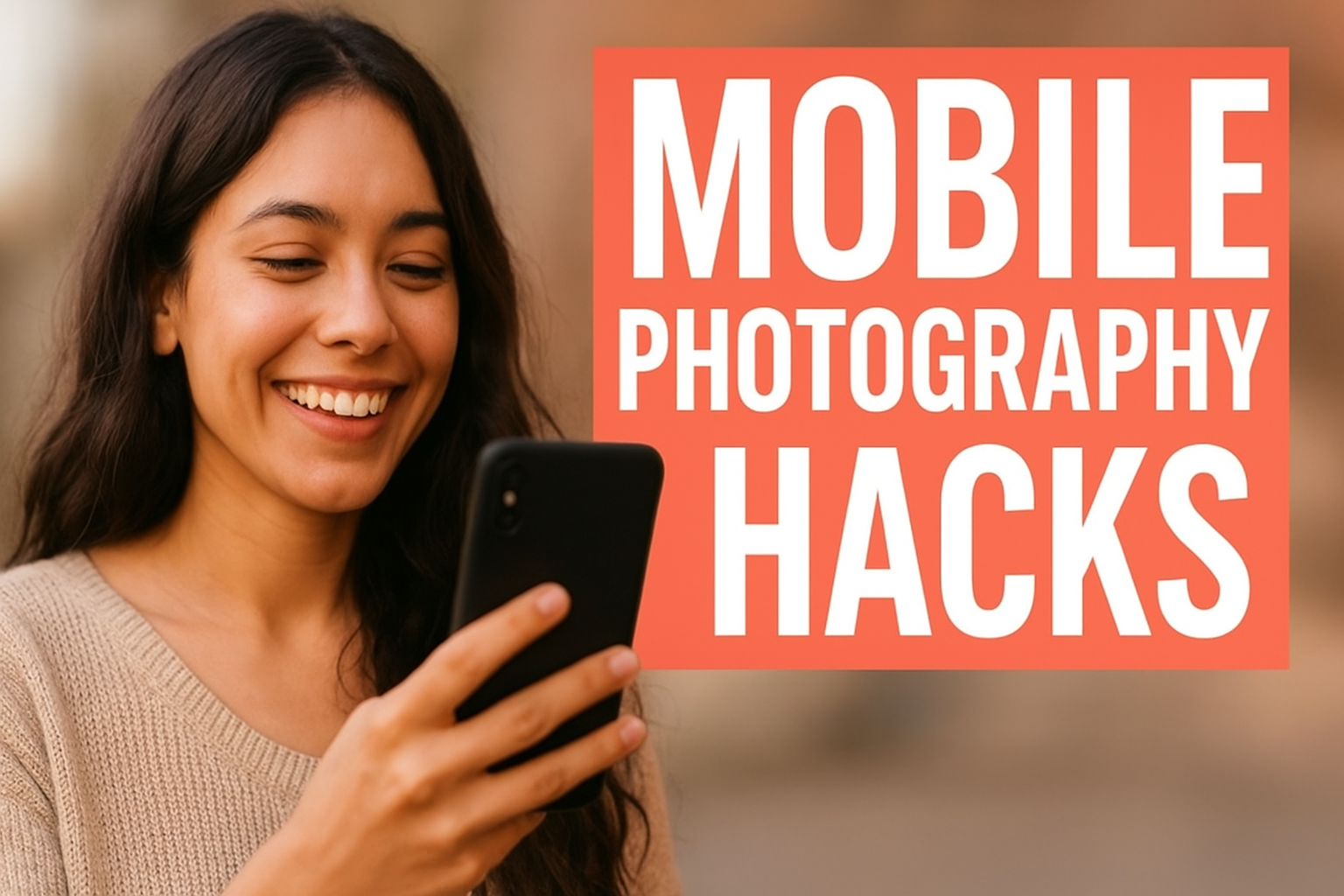
Mobile Photography Hacks: Candid Moments with Your Phone

Professional Model & Portfolio Photoshoots: Show Your Best Work
-
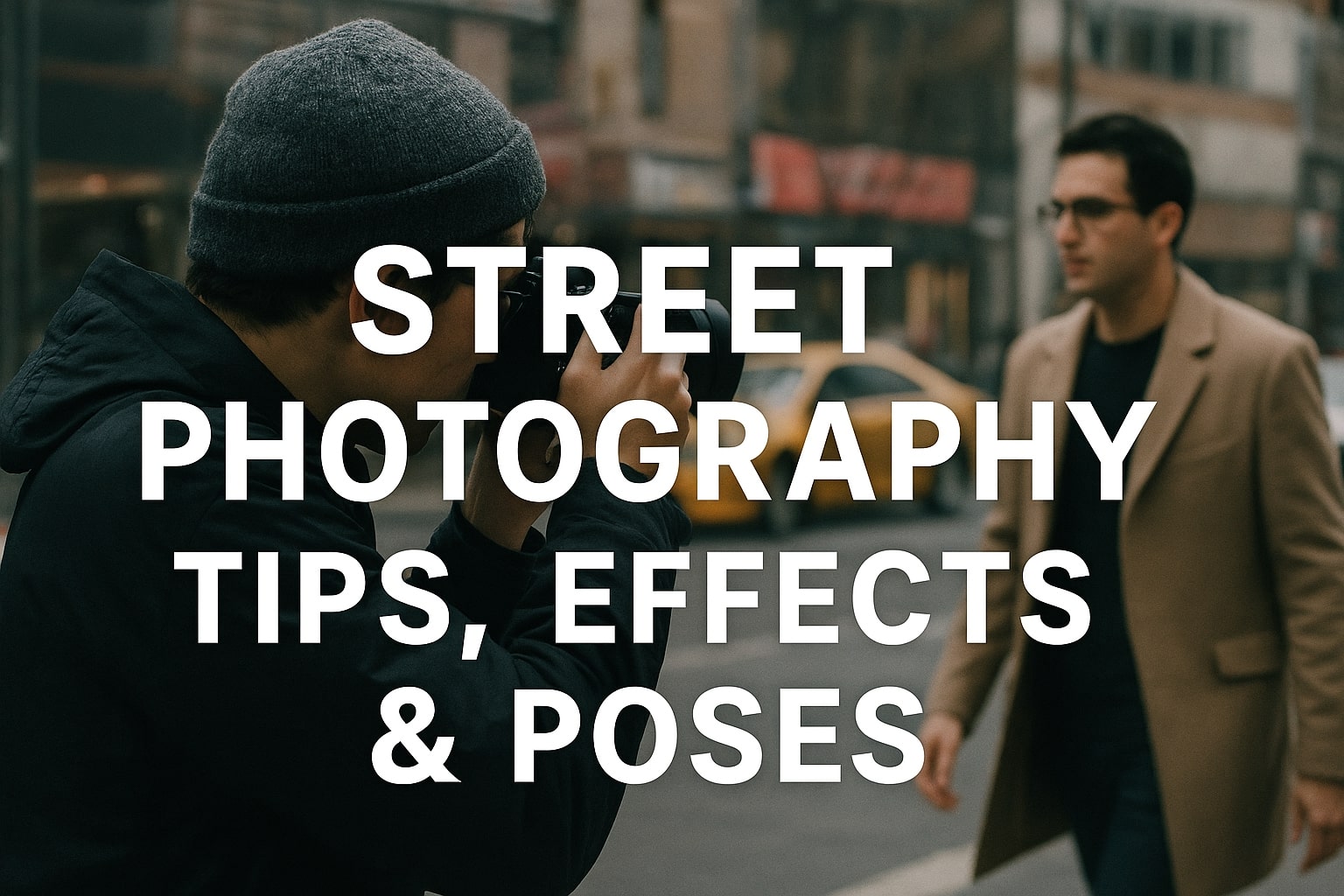
Street Photography Tips, Effects & Poses – Complete Guide
-
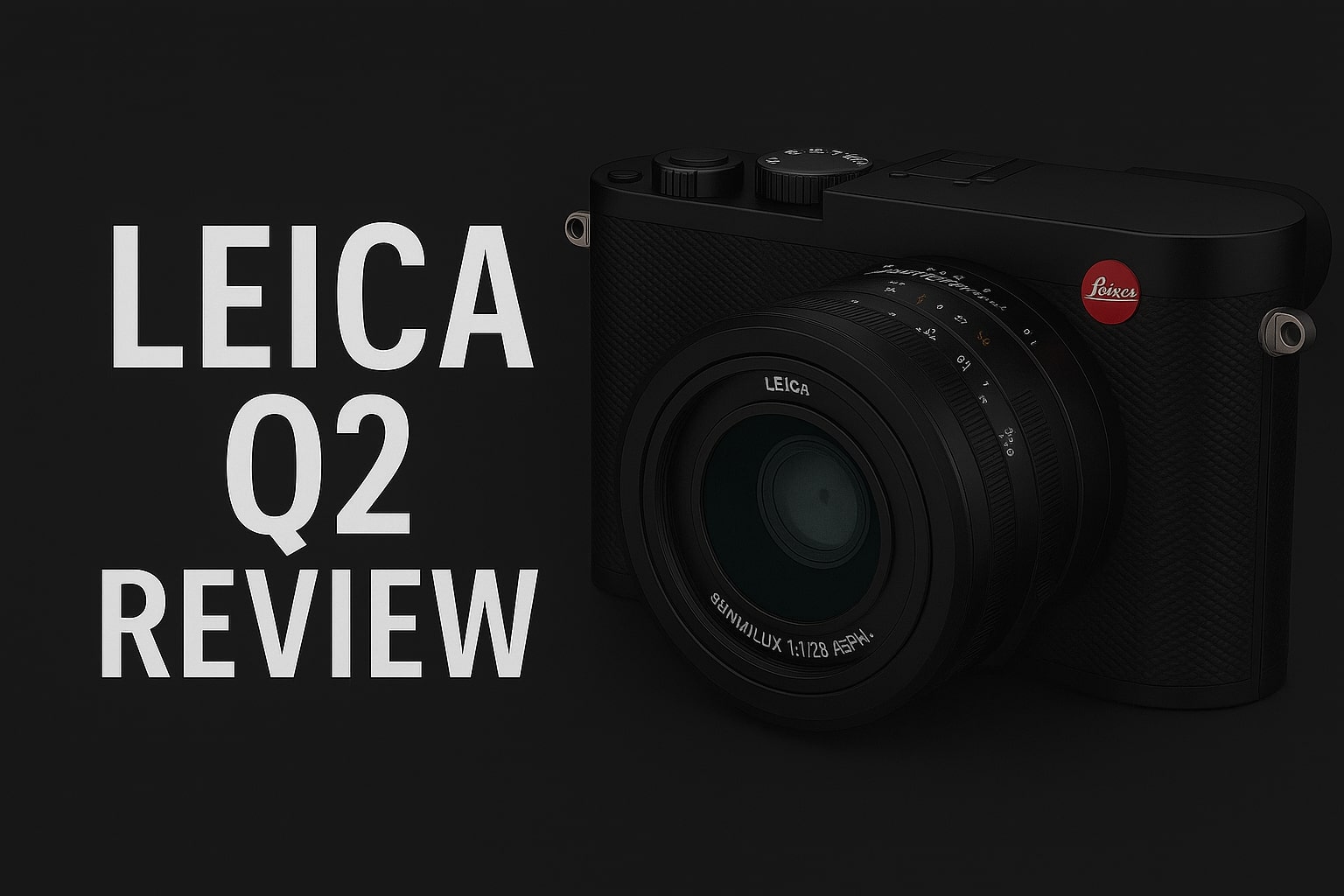
Leica Q2 for Photography: Why It’s Loved by Photographers
Mobile Photography Hacks: Candid Moments with Your Phone
Discover high-impact mobile photography hacks to capture genuine, gorgeous candid moments with your phone. Learn practical tips, composition secrets, and pro techniques to turn everyday scenes into stunning visual stories. Introduction: The New Age of Mobile Photography Photography has evolved beyond heavy cameras, technical jargon, and expensive equipment. Today, the power to capture extraordinary moments
Professional Model & Portfolio Photoshoots: Show Your Best Work
” Discover how to plan, style, and execute stunning portfolio photoshoots that showcase your skills, personality, and versatility. This comprehensive guide covers professional tips, posing ideas, gear suggestions, and industry insights for models and photographers.” Introduction – Why Portfolio Photoshoots Are the Cornerstone of a Photographer’s Career A well-crafted portfolio photoshoot is more than a
Street Photography Tips, Effects & Poses – Complete Guide
Discover the ultimate guide to Street Photography with expert tips, creative effects, and dynamic poses. Learn how to capture authentic urban moments, master composition, and tell powerful visual stories through your lens. Article Outline 1. Introduction to Street Photography Street Photography is more than just taking pictures of people in public spaces — it’s about
Leica Q2 for Photography: Why It’s Loved by Photographers
Introduction: The Cult Status of the Leica Q2 The Leica Q2 is not just a camera—it’s a statement. Combining the heritage of German precision engineering with modern digital excellence, it holds a special place in the hearts of professional and passionate photographers alike. With its full-frame sensor, prime Summilux lens, and minimalist design, the Q2
Top Cameras Under ₹1 Lakh for Freelance Photography
Freelance photography is no longer a niche—it’s a booming creative profession that demands not only vision and hustle but also the right gear. Your camera isn’t just a tool; it’s your storytelling partner. If you’re a freelance photographer aiming to balance performance, versatility, and budget, investing in a cameras under ₹1 lakh can offer the
Top Features of Nikon D850 That Make It Ideal for Photoshoots
Explore the top features of the Nikon D850 that make it a powerhouse for photoshoots. From exceptional resolution to dynamic range, this detailed Nikon D850 guide is built for professional and aspiring photographers. 1. Introduction When Nikon launched the D850, it quickly earned a reputation as a flagship DSLR that redefined what photographers could expect
